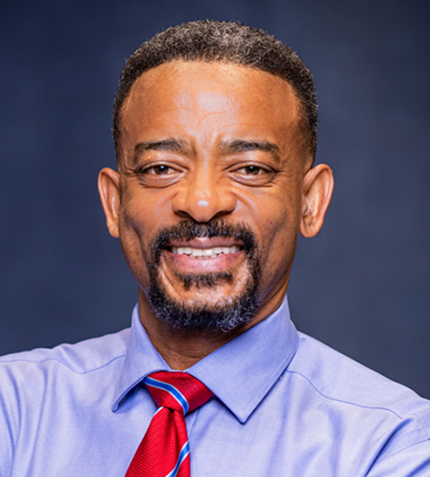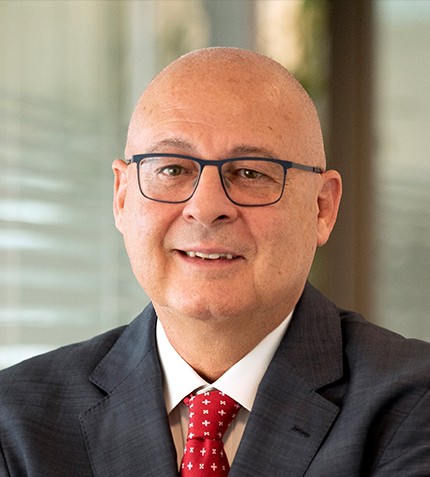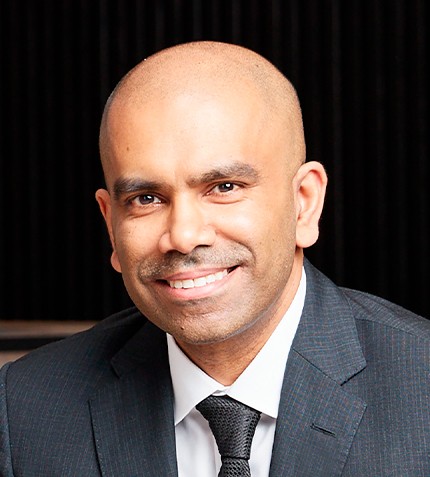
"To reclaim our relevance, exploration activities must increase significantly. Our goal should be to account for at least 5% of global exploration budgets once again."
Mzila Mthenjane
CEO, MINERALS COUNCIL SOUTH AFRICA
How does the mining industry align with the Government of National Unity’s (GNU) economic growth plan?
At the heart of the GNU’s agenda is Operation Vulindlela, a series of economic reforms and green industrialization initiatives designed to open up the economy and help achieve the targeted 3.3% GDP growth by 2025. In my view, the journey toward achieving that 3.3% growth is as important as the goal itself. It lays the foundation for sustainable economic development in the years ahead and reinforces the mining industry’s role as a pillar of the country's economic progress.
The successful delivery of Operation Vulindlela 1.0 and the acceleration toward Vulindlela 2.0, alongside the ongoing turnaround at Eskom and performance improvements at Transnet, are all promising signs.
What is the Council’s stance on Eskom’s proposed cost-reflective tariffs and Transnet’s debt burden?
The proposed Eskom tariffs will significantly impact the cost-efficiency (and thus the competitivenes) of the mining sector, which is our biggest strategic concern. Higher energy costs will push the industry to explore ways to cut expenses, including technological innovations, improved labor productivity, and carbon efficiency.
This challenge extends to logistics and Transnet. When discussing cost-reflective tariffs, we must ask: What are the underlying costs these tariffs aim to reflect? Are they a result of debt carried on Transnet’s balance sheet or the consequence of Eskom’s unpaid bills by municipalities? This raises a critical question: Who should bear that financial burden?
Transnet, for example, faces a substantial debt load. Limited by these financial constraints, it cannot invest adequately in infrastructure upgrades. However, without improving infrastructure, it will struggle to generate the cash flow necessary to reduce its debt. It’s a tough situation to break out of.
How do you explain South Africa’s high unemployment rate alongside a talent shortage?
The lack of economic growth is partly responsible for South Africa’s high unemployment rate: Without economic expansion, the labor market cannot absorb more people. Another critical factor is the skills mismatch. The most dynamic sectors in South Africa’s economy, such as financial services, IT, and innovation, demand skill sets that are often unavailable in the labor market.
Additionally, the education system has not adequately equipped young people with essential literacy and numeracy skills, which are fundamental for building the capabilities required by today's job market, let alone tomorrow’s. The mining sector currently employs approximately 480,000 people, but the structural gaps in education need to be addressed to ensure broader employment opportunities.
How do you see South Africa’s commodity basket evolving to maintain its relevance as a leading mining jurisdiction?
One of the key elements for remaining relevant in a low-carbon future is to leverage renewable energy sources, including green hydrogen, by tapping into the country’s abundant solar and wind resources. With an increasing and predominantly clean energy mix, combined with our strong position in the mining of iron ore, manganese and chrome, South Africa has the potential to participate meaningfully in green steel production, in alignment with emerging global regulatory frameworks related to carbon.
In addition, further exploration for battery metals is critical to gaining a better understanding of the country’s geological potential. To reclaim our relevance, exploration activities must increase significantly. Our goal should be to account for at least 5% of global exploration budgets once again.
What are the Minerals Council’s main priorities going forward?
Our top priority is ensuring that our members achieve their growth ambitions. Although recent improvements at Eskom and Transnet Freight Rail (TFR) are positive developments, they may not immediately translate into expansion projects, as many of our members have already made capital investments but were forced to cut back operations due to constraints from these institutions. Re-employment of workers, following recent retrenchments, would be a strong signal of expansion and recovery.
However, creating new employment opportunities would be the clearest indication that we are moving toward the 3.3% growth target. Another crucial sign of progress is an increase in exploration spending. As the economy grows, so will the demand for capital, which will likely drive more junior mining companies to list on the Johannesburg Stock Exchange (JSE).
It’s important to recognize that economic growth is not an entitlement. It must be earned. We need to carefully consider the conditions we put in place to attract investment, balancing what benefits the government, the country, and private sector investment.










